Imagine a world where blood shortages are no longer life-threatening and blood type matching during emergencies becomes a thing of the past. That future might not be so far off, thanks to a groundbreaking artificial blood currently undergoing clinical trials in Japan. Developed by Professor Hiromi Sakai and her team at Nara Medical University, this
Imagine a world where blood shortages are no longer life-threatening and blood type matching during emergencies becomes a thing of the past. That future might not be so far off, thanks to a groundbreaking artificial blood currently undergoing clinical trials in Japan.
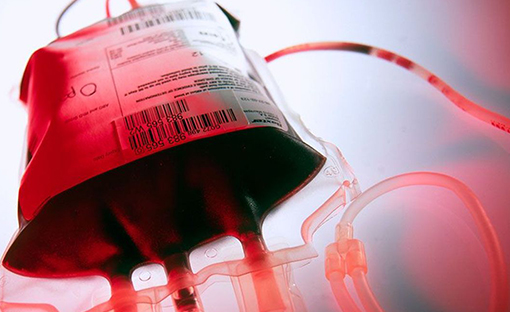
Developed by Professor Hiromi Sakai and her team at Nara Medical University, this innovation could revolutionize how we respond to trauma, surgery, and medical emergencies. Why? Because it’s compatible with all blood types and boasts an incredible shelf life of up to two years at room temperature, and even longer when refrigerated.

Unlike traditional blood, which spoils within weeks and requires meticulous matching to a patient’s blood type, this synthetic alternative is made from purified hemoglobin and encased in tiny fat-based shells called hemoglobin vesicles. These vesicles mimic the behavior of red blood cells without carrying any blood-type markers, making them universally usable.
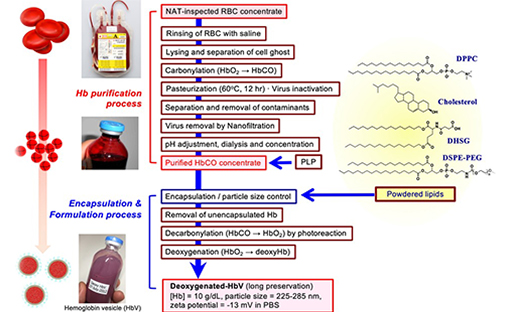
That’s a game-changer for doctors working in high-pressure situations, think accident scenes, natural disasters, remote areas, military zones, or even outer space missions.
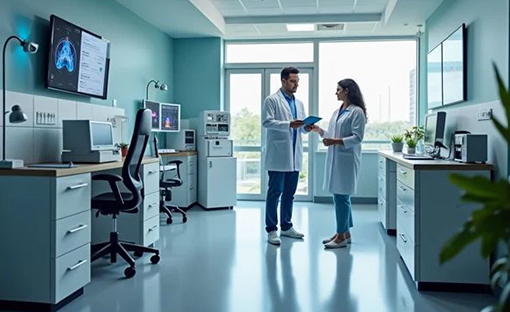
The process starts with expired donor blood, which would otherwise be discarded. Scientists extract the hemoglobin, remove all potential viruses, and encapsulate it into these ultra-clean, bio-friendly particles. The result? A safe, long-lasting blood substitute that can carry oxygen just like natural red cells do.
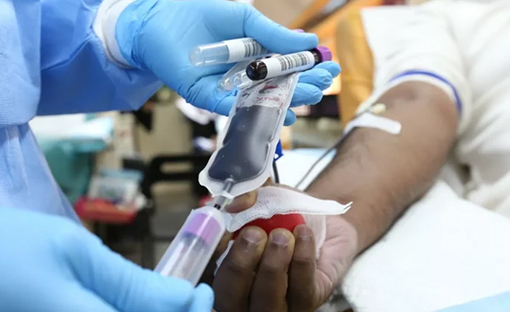
Early trials began in 2022, where small doses were safely tested on volunteers. As of March 2025, larger-scale clinical trials are now underway, with healthy adults receiving 100–400ml doses to test for safety before advancing to effectiveness trials. If all goes well, universal artificial blood could be available for real-world medical use by 2030.
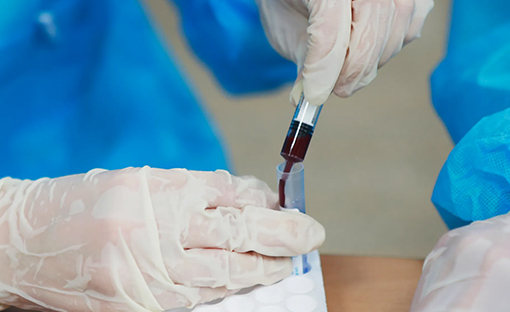
Whether it’s saving lives in ambulances or reducing pressure on global blood banks, this could be one of the biggest advances in transfusion medicine in decades.
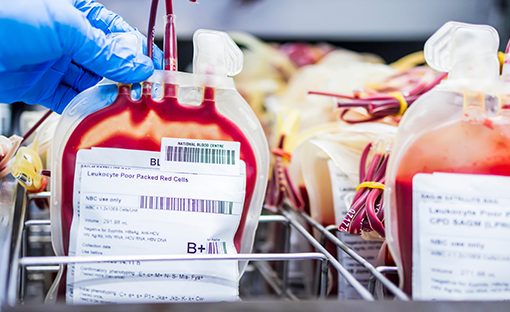

















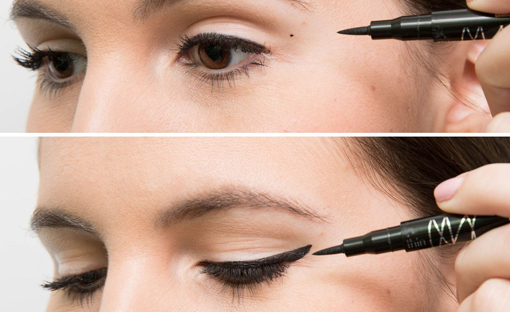

Leave a Comment
Your email address will not be published. Required fields are marked with *